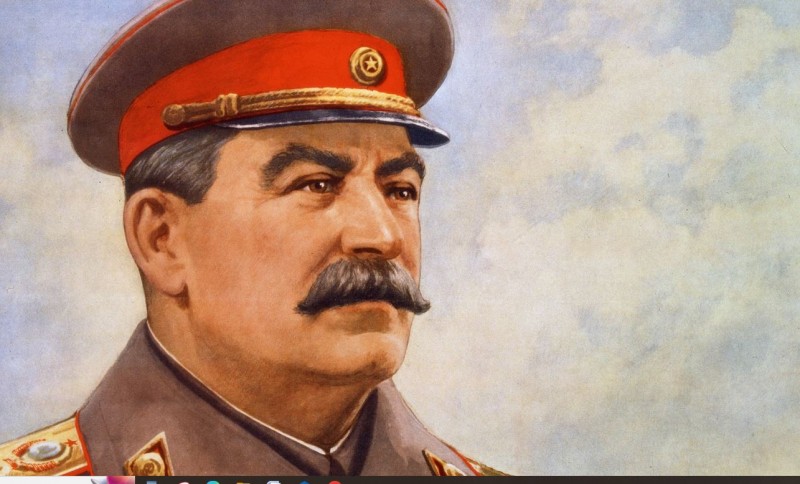
Dictator Joseph Stalin, the leader of the Soviet Union from the mid-1920s until his death in 1953, is infamous for his brutal regime and the atrocities committed under his rule. Stalin's reign was characterized by authoritarianism, political repression, forced labor camps, and widespread purges that led to the deaths of millions of people.
One of Stalin's most notorious tactics was the purging of perceived enemies of the state through political repression and mass executions. The Great Purge, also known as the Great Terror, occurred between 1936 and 1938. During this period, Stalin targeted individuals deemed as "enemies of the people," including political opponents, intellectuals, military leaders, and even members of his own Communist Party. The exact number of victims of the Great Purge remains uncertain, but estimates suggest that millions of people were arrested, tortured, and executed under false charges of treason and sabotage. The purges decimated the ranks of the Soviet leadership and instilled fear and paranoia throughout society.
Forced Labor Camps
Stalin's regime relied heavily on forced labor camps, known as Gulags, to suppress dissent and maintain control. Millions of people, including political prisoners, intellectuals, and ordinary citizens accused of anti-Soviet activities, were sent to these camps, where they endured harsh conditions, exploitation, and brutality. The Gulags became synonymous with suffering and death, with inmates subjected to grueling labor, inadequate food and shelter, and rampant disease. Countless prisoners perished due to starvation, exhaustion, or outright execution by camp authorities.
Famine and Agricultural Collectivization:
Stalin's policies of forced agricultural collectivization and rapid industrialization had devastating consequences for the Soviet population. The forced collectivization of agriculture in the early 1930s led to widespread famine in Ukraine, Kazakhstan, and other regions, resulting in the deaths of millions of people. The Ukrainian Famine, known as the Holodomor, is considered one of the most tragic episodes of Stalin's rule. Historians estimate that between 3 to 7 million Ukrainians died as a result of deliberate policies aimed at crushing Ukrainian nationalism and resistance to Soviet rule. Censorship and Totalitarian Control:
Under Stalin's totalitarian regime, censorship and propaganda were used to control information and manipulate public perception. The state tightly controlled the media, literature, arts, and education, shaping them to serve the interests of the Communist Party and glorify Stalin's leadership. Opposition voices were silenced, dissent was crushed, and any form of criticism of the regime was met with swift and severe punishment. The cult of personality surrounding Stalin portrayed him as a wise and infallible leader, while dissenters were demonized and branded as enemies of the state. Legacy of Terror and Tragedy:
The legacy of Stalin's reign is one of terror, tragedy, and immense human suffering. Millions of lives were lost or irreparably damaged due to his ruthless pursuit of absolute power and his willingness to sacrifice the welfare of his own people for ideological and political goals. While Stalin's regime may have ended with his death in 1953, the scars of his tyranny continue to haunt the collective memory of those who endured his rule. It serves as a stark reminder of the dangers of unchecked authoritarianism and the importance of safeguarding human rights and democratic values.
Hampi's Tourist Footfall Plummets Amid Rising Temperatures
drug addicts digging up graves to make drug in this country !